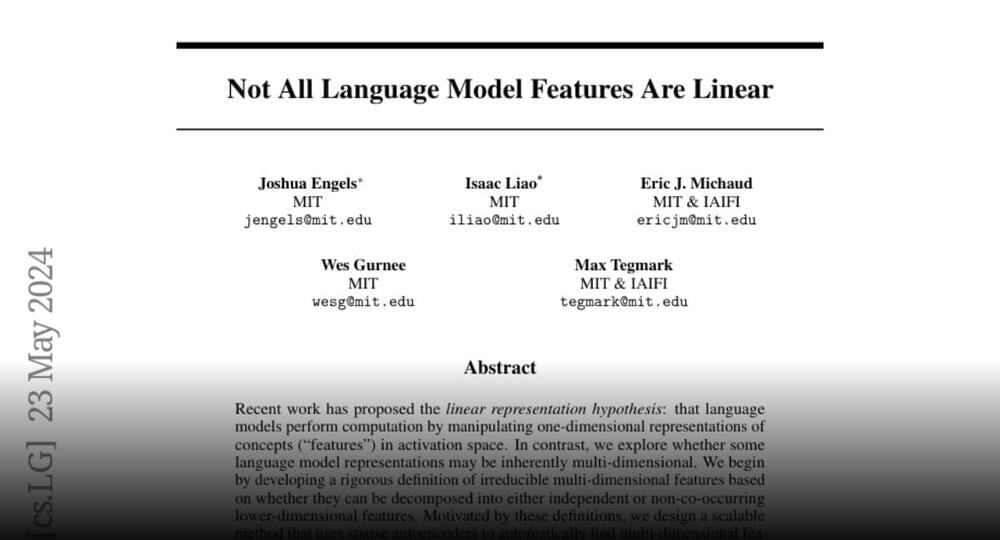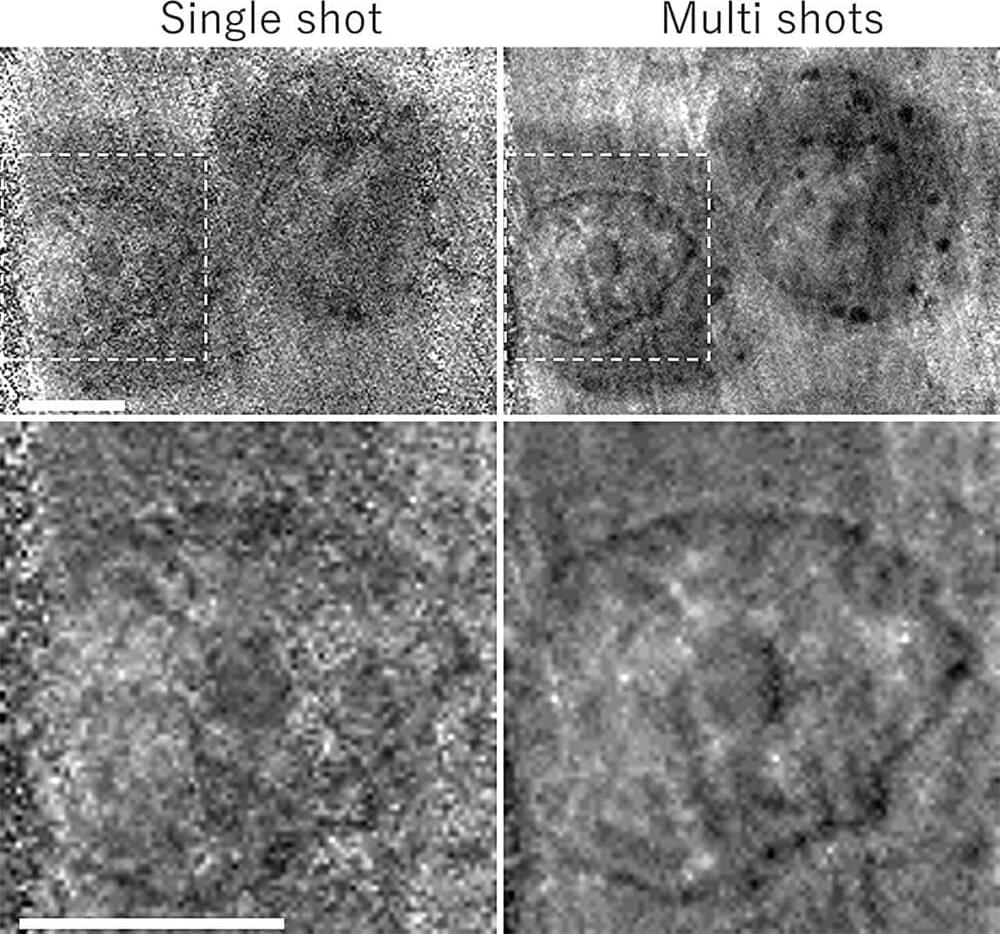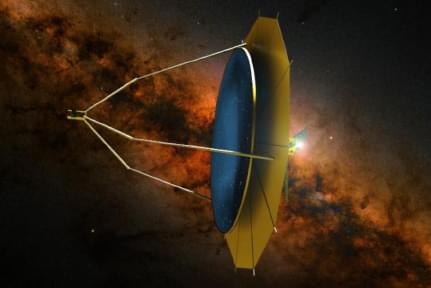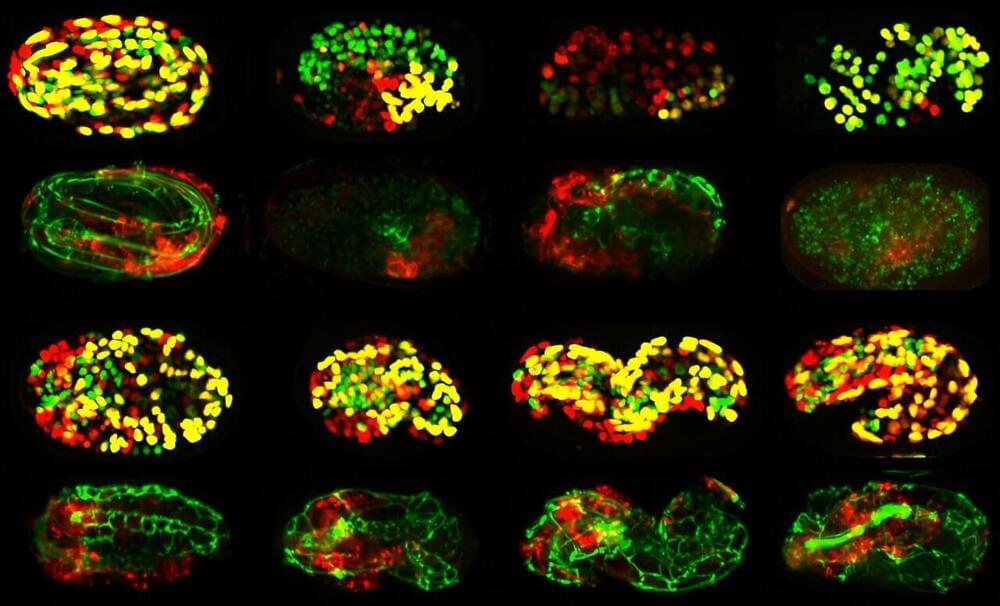“The fear is that they can’t afford to let someone else get there first,” said Scott Jenson, a UX designer who left Google last month.





Apptronik, a NASA-backed robotics company, has unveiled Apollo, a humanoid robot that could revolutionize the workforce — because there’s virtually no limit to the number of jobs it can do.
“The focus for Apptronik is to build one robot that can do thousands of different things,” Jeff Cardenas, the company’s co-founder and CEO, told Freethink. “The best way to think of it is kind of like the iPhone of robots.”
The challenge: Robots have been automating repetitive tasks for decades — instead of having a person weld the same two car parts together 100 times a day, for example, an automaker might just add a welding robot to that segment of the assembly line.

The future of space-based UV/optical/IR astronomy requires ever larger telescopes. The highest priority astrophysics targets, including Earth-like exoplanets, first generation stars, and early galaxies, are all extremely faint, which presents an ongoing challenge for current missions and is the opportunity space for next generation telescopes: larger telescopes are the primary way to address this issue.
With mission costs depending strongly on aperture diameter, scaling current space telescope technologies to aperture sizes beyond 10 m does not appear economically viable. Without a breakthrough in scalable technologies for large telescopes, future advances in astrophysics may slow down or even completely stall. Thus, there is a need for cost-effective solutions to scale space telescopes to larger sizes.
The FLUTE project aims to overcome the limitations of current approaches by paving a path towards space observatories with large aperture, unsegmented liquid primary mirrors, suitable for a variety of astronomical applications. Such mirrors would be created in space via a novel approach based on fluidic shaping in microgravity, which has already been successfully demonstrated in a laboratory neutral buoyancy environment, in parabolic microgravity flights, and aboard the International Space Station (ISS).



One of my hobbies is hacking in free cams to old PS2 horror games so I can look at everything. I just open sourced PS2 Cam Acolyte, a simple Windows exe that supports a handful of games(SH2, SH Origins, Kuon, Rule of Rose). Just run it alongside PCSX2:https://t.co/bblKBvUeyM pic.twitter.com/Aj6mcsyN46
— Withering Rooms (@WitheringRooms) May 20, 2024
If you’ve ever wanted to explore the corners of your favorite PlayStation 2 title, check out PS2 Cam Acolyte which already supports a handful of horror games.